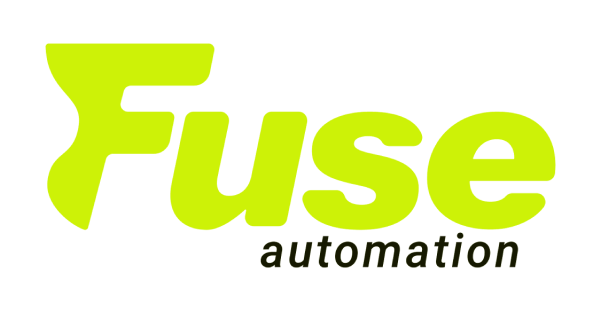Automated DISPENSING, What are the Benefits?
Automated dispensing systems offer a wide range of benefits across various industries, revolutionizing processes and enhancing efficiency. Here are some of the key advantages:
Precision and Accuracy:
- Automated dispensing systems are programmed to deliver precise quantities of materials or substances with high accuracy.
- This precision ensures consistency in dosage, measurements, or quantities, crucial in industries such as pharmaceuticals, food and beverage, and chemical manufacturing.
Increased Efficiency and Productivity:
- By automating the dispensing process, businesses can significantly increase throughput and production rates.
- Automated systems can operate continuously without the need for breaks, reducing downtime and maximizing efficiency.
Waste Reduction
- Controlled dispensing minimizes material wastage by accurately measuring and delivering only the required amounts.
- This not only reduces costs associated with wasted materials but also contributes to sustainability efforts by minimizing environmental impact.
Improved Safety
- Automated dispensing systems enhance workplace safety by minimizing human involvement in potentially hazardous tasks.
- They can handle toxic, flammable, or volatile substances safely, reducing the risk of exposure to employees and mitigating the likelihood of accidents or injuries.
Enhanced Quality Control
- Automated systems can be equipped with sensors and monitoring capabilities to ensure product quality and consistency.
- Real-time data collection and analysis enable quick detection of deviations from set parameters, allowing for immediate corrective actions to maintain quality standards.
Streamlined Inventory Management
- This integration optimizes inventory levels, reduces stockouts, and minimizes the need for manual inventory reconciliation.
- Automated dispensing systems can be integrated with inventory management software to track material usage in real-time.
Cost Savings
- While the initial investment in automated dispensing systems may seem substantial, the long-term benefits outweigh the costs.
- Increased productivity, reduced waste, and improved quality control contribute to significant cost savings over time, enhancing the overall profitability of the business.
Compliance and Regulation
- In regulated industries such as pharmaceuticals and healthcare, automated dispensing systems help ensure compliance with stringent quality and safety regulations.
- Built-in audit trails and documentation features facilitate traceability and regulatory reporting requirements, reducing the risk of non-compliance fines or penalties.
Time Savings
- Automated dispensing systems significantly reduce the time required to dispense materials compared to manual methods.
- They can handle multiple dispensing tasks simultaneously, speeding up production processes and allowing for faster turnaround times.
Flexible Integration:
- Automated dispensing systems are highly adaptable and can be integrated seamlessly into existing production lines or workflows.
- They can interface with other equipment, such as robotic arms or conveyor systems, to create a fully automated production environment.
Remote Monitoring and Control:
- Many automated dispensing systems offer remote monitoring and control capabilities, allowing operators to oversee dispensing processes from a central location.
- This enables real-time adjustments, troubleshooting, and performance optimization, even from off-site locations.
Reduced Contamination Risk:
- Automated dispensing systems minimize the risk of contamination by eliminating human contact with materials during dispensing.
- They can be designed with enclosed or sterile environments to prevent external contaminants from compromising product quality.
Scalability and Customization:
- Automated dispensing systems are scalable, allowing businesses to expand or modify their dispensing capabilities as needed.
- They can be customized to accommodate various material types, dispensing volumes, and production requirements, providing flexibility to adapt to changing demands.
Enhanced Data Management:
- Automated dispensing systems generate valuable data on dispensing processes, including quantities dispensed, timestamps, and batch information.
- This data can be stored, analyzed, and utilized for process optimization, quality assurance, and regulatory compliance purposes.
Improved Ergonomics:
- By automating repetitive and physically demanding dispensing tasks, automated dispensing systems reduce the strain on human operators and minimize the risk of musculoskeletal injuries.
- This leads to a safer and more comfortable working environment, improving employee morale and productivity.
Environmental Benefits:
- Automated dispensing systems contribute to environmental sustainability efforts by reducing material wastage and energy consumption.
- They optimize resource usage and minimize the carbon footprint associated with dispensing processes, aligning with corporate sustainability goals and regulatory requirements.
In summary, automated dispensing systems offer a comprehensive range of benefits that optimize efficiency, quality, and safety in various industries. By investing in automation technologies, businesses can streamline their operations, minimize costs, and stay competitive in today’s fast-paced market environment.
